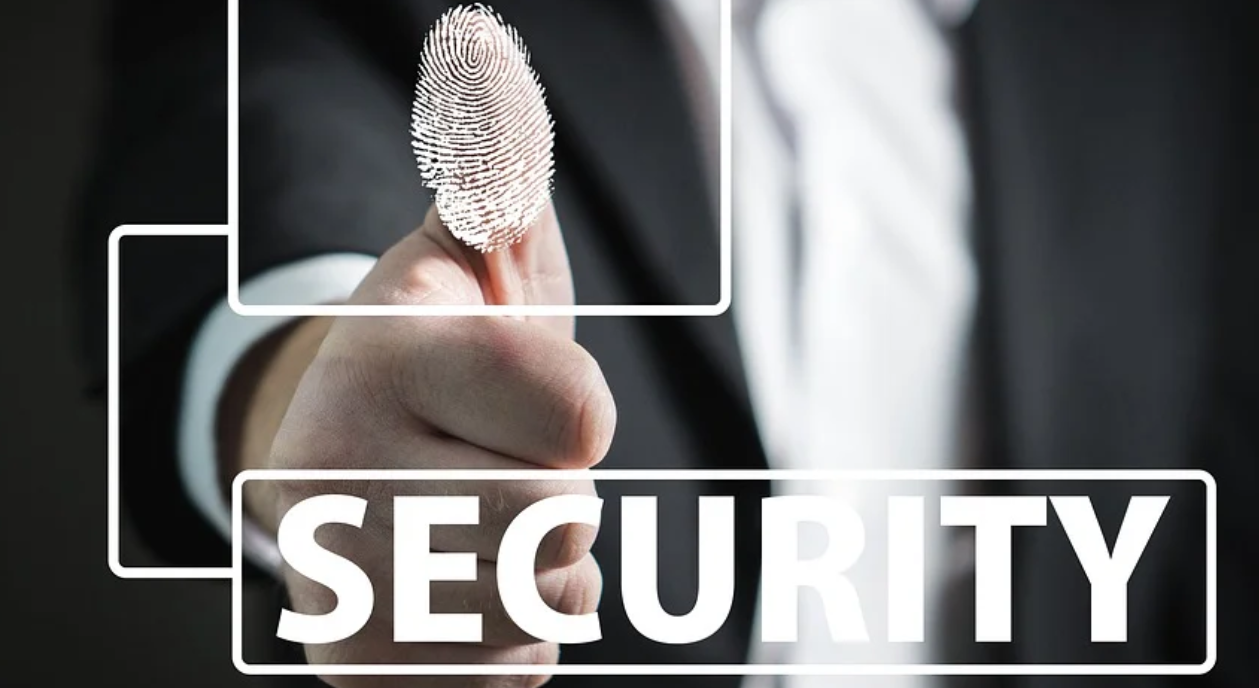
Phishing scams, DDoS attacks, keyloggers, Trojans… there are a lot of ways for malicious actors to do harm on the Internet these days. With the right tools, a hacker can damage end users, personal computers, and even large, corporate websites. That makes it absolutely vital for website owners to be aware of the dangers lurking in the web’s darker recesses, and to take action to protect both themselves and their users. A successful attack on your website can cause both immediate harm to your business and registered users, and lasting damage to your brand’s reputation. A site that gets hacked regularly is not one visitors will be keen on returning to. To make sure your site is secure, you need to follow some best practices that will guard you from hackers. Thankfully, there are some very simple and easy measures you can take that will help secure your site.
Get Your SSL Certificate
An SSL, or Secure Socket Layer, adds an extra encrypted link between web browsers and web servers. The purpose of this encryption is to hide sensitive data like account information or credit card details when your users enter them into your website, preventing potential hackers from seeing the information your users are sending.
Getting an SSL certificate will help make your site secure from such threats, and give your users a little peace of mind.
Cut Down on Plugins
Plugins are incredibly useful tools that can allow you to add and update content without being an expert coder or web developer. There are many great, professional plugins out there that can truly improve the look and feel of your website, but if you don’t stay on top of updates or use less-than-trustworthy plugins you could be opening your site up to whatever underlying security flaws
come with them.Make sure you keep your plugins up to date, and try to stick with tools from secure, trusted sources. If you aren’t using a particular plugin often it may not be worth keeping around, especially if it’s from a less reputable source.
Hide Your Admin Login Page
Hackers will sometimes try to “brute force” their way into your control panel by attempting to log in with any number of username and password combinations. If you log in from the same page as every other user, such a tactic could result in hackers gaining control over your admin account, but if your login page is hidden from public view it will be much harder for malicious actors to force their way
into your account.
Use reCAPTCHA
Chances are you’ve had to type a special code based on blurry text, or check a box to confirm you are not, in fact, a robot while trying to log into a website before. These security measures come from a free Google tool called CAPTCHA or reCAPTCHA, and while they do add a small level of inconvenience to the sign-in process they also work wonders in preventing bots from logging into other people’s
users accounts.Version 2 of reCAPTCHA often only requires users to check a box and it will send them on their way, so as long as they haven’t exhibited any odd or unusual behavior. This allows recent versions of the tool to minimize their inconvenience while increasing your site security.
Security is a big concern for everyone and everything connected to the world wide web. For all the convenience the web offers, the security risks that come with it are undeniable. Making security your top priority will allow your website to continue serving your users and promoting your business without interruption, sobe sure to take the time to improve your security measures.
Is your site secure? Ask Dotlogics for an audit and we’ll help you find out!
Let's Get to Work.
Have an unsolvable problem or audacious idea?
